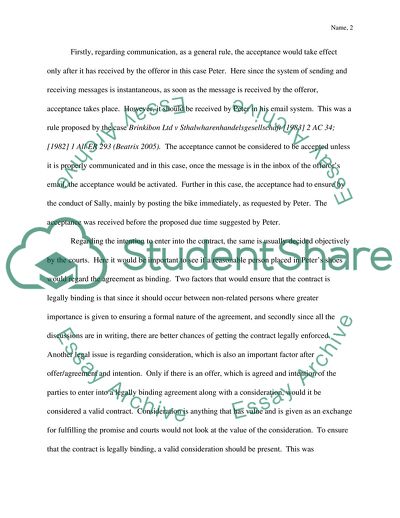Cite this document
(Business Law - The 4 Step Process Essay Example | Topics and Well Written Essays - 2000 words, n.d.)
Business Law - The 4 Step Process Essay Example | Topics and Well Written Essays - 2000 words. https://studentshare.org/law/1771699-business-law-the-4-step-process
Business Law - The 4 Step Process Essay Example | Topics and Well Written Essays - 2000 words. https://studentshare.org/law/1771699-business-law-the-4-step-process
(Business Law - The 4 Step Process Essay Example | Topics and Well Written Essays - 2000 Words)
Business Law - The 4 Step Process Essay Example | Topics and Well Written Essays - 2000 Words. https://studentshare.org/law/1771699-business-law-the-4-step-process.
Business Law - The 4 Step Process Essay Example | Topics and Well Written Essays - 2000 Words. https://studentshare.org/law/1771699-business-law-the-4-step-process.
“Business Law - The 4 Step Process Essay Example | Topics and Well Written Essays - 2000 Words”. https://studentshare.org/law/1771699-business-law-the-4-step-process.


